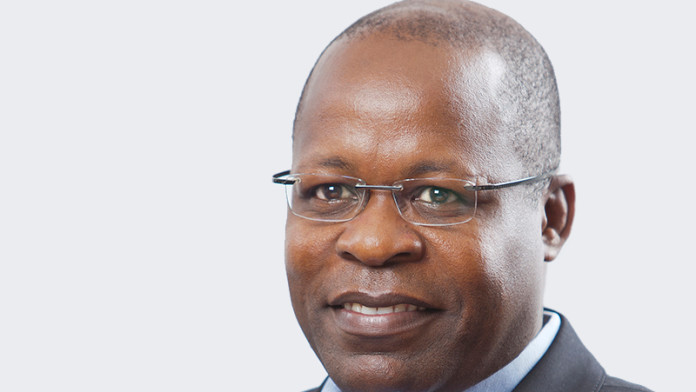
RED flags are being raised over Lonmin’s ability to avoid leaking cash notwithstanding a restructuring in which 6,000 jobs – about 15% of its workforce – were shed last year, and hundreds of millions in rands cut in capital expenditure.
This is the platinum mining company that required a $407m recapitalisation at the end of 2015 by means of a rights issue which was eventually supported by the Public Investment Corporation (PIC), principally in an effort to save the offer and avoid the retrenchment of some 30,000 jobs employed in Rustenburg.
According to Christopher Nicholson, an analyst for RMB Morgan Stanley, Lonmin recently unveiled additional plans to improve its business – described as a desperate attempt to “pull on every last lever”, but each with a negative consequence.
He commenteds: “Lonmin remains in a difficult position – struggling with operational under-performance and deeply free cash flow (FCF) negative after capex. Management highlighted various remedial actions; however, each comes with a potential negative consequence, in our view”.
Lonmin CEO, Ben Magara, said in a commentary to the firm’s fourth quarter operating numbers that restructuring efforts at its Rustenburg premises hadn’t been as successful as planned, a setback exacerbated by heavy absenteeism over the year-end holiday period.
In an effort to counter absenteeism, Lonmin is to rehire about 500 contract workers at affected areas, but while this will help keep Lonmin on track for its output guidance of between 650,000 to 680,000 ounces, it will be a stretch to hit its cost targets.
Magara – who mysteriously pulled out of the Mining Indaba conference last week – also said the company would revisit the firm’s capital projects with a view to cutting budgets. Whilst this would preserve some cash – cash on hand fell $124m to $49m in the first quarter of its financial year – production would be affected in about 18 to 24 months.
Another remedial measure unveiled by Magara was to redeploy certain mining crews from developing activities to mining activities over a period of some six to 10 months. While Lonmin has roughly 22 months of immediately available ores, such a measure would negative affect its future mining flexibility.
The upshot is that Lonmin’s Magara is in survival mode in the hope that platinum group metal prices (PGM) revive. Ironically, Lonmin’s measures may be a positive contributing factor in this regard as its output is expected to fall.
Nicholson said that Lonmin’s business plan reflects volumes falling to below 600,000 oz in 2019 from 669,000 oz in concentrate now. “The longer spot market prices persist, the greater the downside risk to this plan in our view. This is broadly positive for the platinum market balance,” he said.
René Hochreiter, an analyst for Noah Capital Markets, is more positive on Lonmin saying in a recent report that the next three quarters will always be better than the first which is traditionally affected by the holiday downtime.
“COO Ben Moolman [together with Ben Magara and Mike Da Costa, executive vice-president of business support] is responsible for an incredible revival in the efficiencies of Lonmin in FY 2016,” said Hochreiter who added that the rights issue of 2015 was not a necessity but had been a function of effective “black-mailing” by the banks.
He acknowledges, however, that Lonmin’s cash cost target of some R900 per tonne was unlikely to be met for the year having already registered R1,350/t in the first quarter.
Said JP Morgan Cazenove in a recent report: “Lonmin’s balance sheet is currently comfortable … Yet at current PGM prices we estimate net debt rises to $28m and $261m in the 2017 and 2018 financial years and estimate negative EBITDA [earnings before interest, tax, depreciation and amortisation] in both years”.








